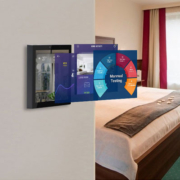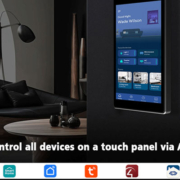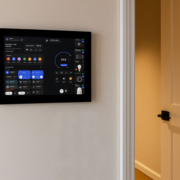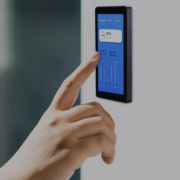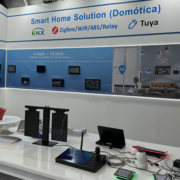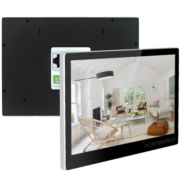A Complete Guide to Integrating Home Assistant with Smart Home Control Panels
As household appliances become increasingly advanced, many people are looking for ways to automate their homes with the help of smart devices. If you’re considering using automation features, one of the best ways to manage your devices is through Home Assistant combined with a smart home control panel. This combination provides a seamless experience for managing your smart home ecosystem, and in this guide, we’ll show you how to set up and use these systems together.
What is Home Assistant?
Home Assistant is an open-source platform designed to control and automate home appliances. Unlike other automation systems that may limit you to specific ecosystems, Home Assistant offers a more flexible approach, allowing you to integrate a wide range of devices, regardless of brand or platform. With Home Assistant, you can control devices remotely, set up automations, and maintain full control over your data and privacy.
How Does Home Assistant Work?
Home Assistant works by installing its software on a compatible hardware device, such as a Raspberry Pi, an old computer, or a dedicated server. Once set up, it scans your network and automatically detects compatible smart devices. You can then configure these devices, set automation rules, and control them through the Home Assistant dashboard.
As an open-source platform, Home Assistant provides complete control over the functionality and privacy of your devices, giving you the freedom to customize your smart home system according to your needs.
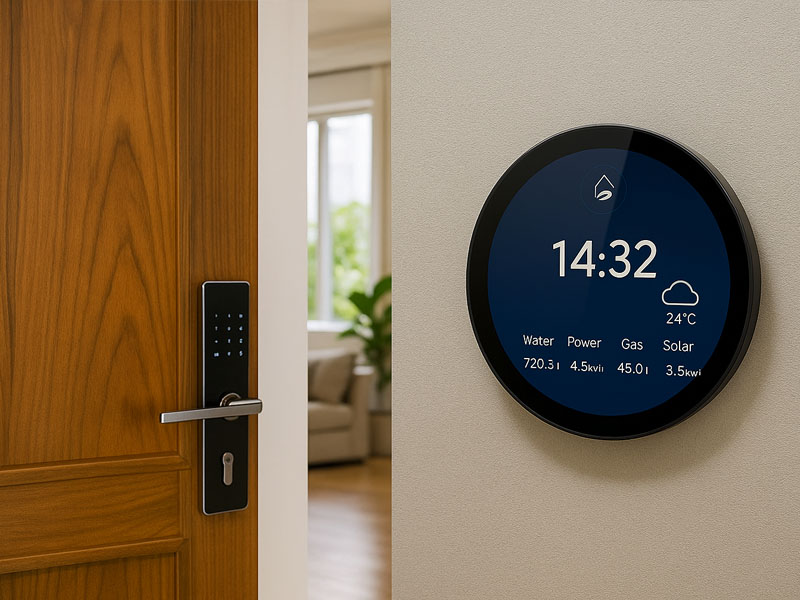
smart control panel p5)
How to Integrate Home Assistant with a Smart Home Control Panel
When paired with a smart home control panel, such as Portworld YC-P5, Home Assistant provides a more centralized and user-friendly interface for controlling all of your connected devices. Here’s how to integrate Home Assistant with a smart home control panel for a smoother automation experience:
-
Centralized Control
A smart home control panel can serve as the hub for managing all your devices integrated with Home Assistant. Whether it’s smart lights, locks, thermostats, or security cameras, you can control everything from one central location. For example, with the YC-P5 touch panel, you can manually control devices or use voice commands through Alexa or Google Assistant. -
Custom Automation and Triggers
Home Assistant allows you to set up automations based on triggers like time, sensor input, or device status. For instance, you can program your lights to turn off when everyone leaves home or adjust the thermostat based on the time of day. Once your automation is set, the smart home control panel can display and control these automated tasks, giving you full control over your environment. -
Multiple Device Integration
Home Assistant supports a variety of devices, including smart lights, switches, thermostats, security cameras, locks, and more. By integrating these devices with a smart home control panel, such as the YC-P5, you can easily monitor and control them from one interface. The control panel will display device statuses in real time, allowing you to interact with your system through touch or voice. -
Enhanced Privacy and Security
Since Home Assistant is open-source, it ensures that you have full control over your data. When paired with a local smart home control panel, such as the YC-P5, you avoid sending sensitive data to the cloud, improving privacy and security. The control panel gives you a local interface to interact with your devices without relying on external servers. -
Real-Time Monitoring
One of the most powerful features of integrating Home Assistant with a smart control panel is the ability to monitor all your devices in real time. For example, if you have security cameras connected to Home Assistant, the smart home control panel can display live feeds directly on the screen. You can also see the status of smart locks, sensors, and thermostats, ensuring that you have complete visibility over your smart home.
How to Set Up Home Assistant with a Smart Home Control Panel:
-
Install Home Assistant Software
Start by installing Home Assistant on your chosen hardware (e.g., Raspberry Pi, old computer, or server). Follow the official guide for your selected hardware to ensure a smooth installation process. -
Install Your Smart Home Control Panel
Install your smart home control panel, such as the Portworld YC-P5, and connect it to your Home Assistant system. Ensure that the control panel is compatible with Home Assistant, and that it can integrate with all your smart devices. -
Add and Integrate Devices
Use Home Assistant’s dashboard to add your smart devices (lights, thermostats, security cameras, etc.). These devices will then be displayed on your smart control panel, allowing you to control and monitor them easily. -
Set Up Automation
In Home Assistant, you can create automations based on specific conditions, such as adjusting the temperature when you leave home or turning off lights when motion is no longer detected. These automations will be reflected on your control panel, where you can manually override or adjust settings as needed. -
Enjoy Seamless Control
With your Home Assistant system integrated into a smart home control panel, you now have an easy-to-use interface for managing all your smart devices. The control panel can be operated via its touch screen, voice commands, or scheduled automations, providing a more intuitive and connected experience.
Integrating Home Assistant with a smart home control panel is an excellent way to enhance your smart home setup. The combination of Home Assistant’s flexibility and a smart control panel’s ease of use provides a powerful solution for managing your devices. Whether you’re controlling lights, locks, or security cameras, this integration will help you automate your home with ease, all while ensuring privacy and security.

